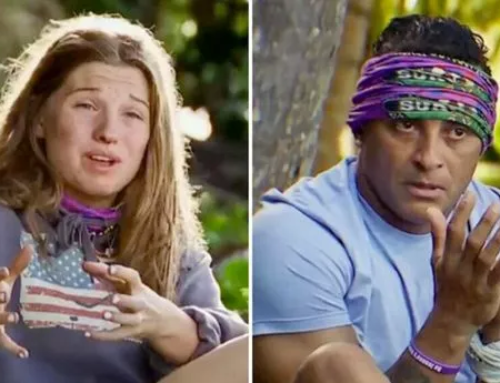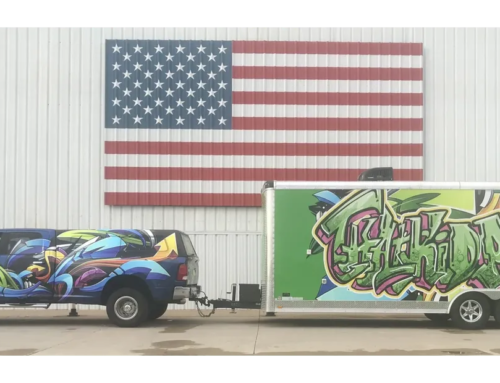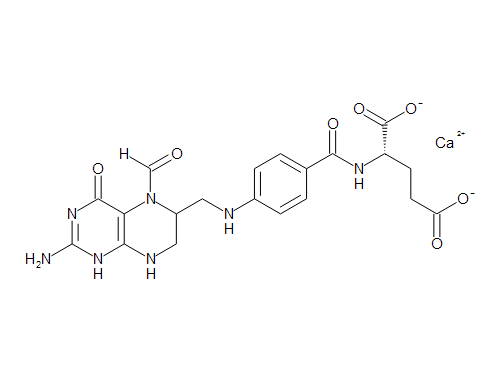I found this on Wired.com and thought it was interesting.
In his first year at Stanford, Catalin Voss helped build an app for Google Glass that could recognize emotions. If you put on Google’s computerized eyewear and looked at others in front of you, the software could tell you—based on their facial expressions—if they were happy, sad, surprised, or disgusted.
This face-and-eye-tracking technology was so effective that he and his three co-inventors sold it to a Japanese company called GAIA System Solutions, which is now working to put it into cars. The system could improve safety by identifying, say, when you’re falling asleep or when you’re looking the wrong way.
But at Stanford, Voss has bigger ambitions. He’s now working with Dennis Wall, a professor in the university’s school of medicine, to hone this technology into something useful for children diagnosed with autism. This was one of Voss’s original aims when he built Sension, the startup he sold to GAIA, but that didn’t fit the broader prospects of the business. So he spun off the idea as a project inside the medical school.
For Voss, Wall, and their colleague Nick Haber, a Stanford post-doc, the idea is that their Glass software will help autistic children recognize and understand facial expressions and, through them, emotions. It operates like a game or, as Voss calls it, an “interactive learning experience.” Through the Google Glass eyewear, children are asked to, say, find someone who is happy. When they look at someone who is smiling, the app recognizes this and awards “points.”
The system also records what the child does for later review. “You can plot, as they wear the glasses, how they’re improving, where they’re improving,” Wall says. “You can look at video to understand why.”
The group has tested the software in a lab with about 40 children. Now, they are starting a clinical trial with 100 kids at home, with parents driving the software (interested parents can sign up here). “First, we had make sure that a six-year-old would actually wear this,” Wall says. “We’ve been able to show that. But we’ve also been able to see change in these kids, at least in the lab.”






